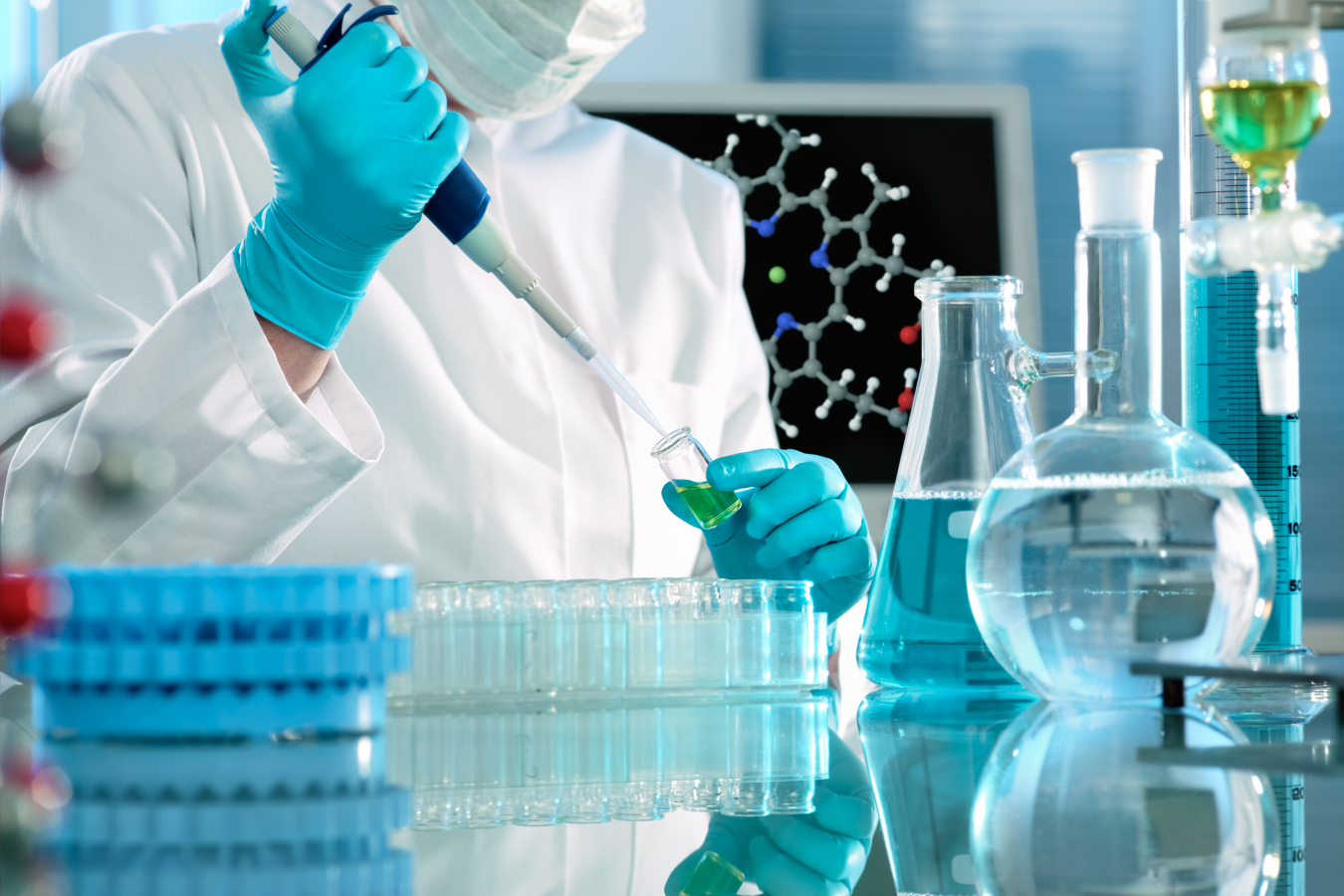The results of the study were published by chemists and biologists in the journal "Antibiotics and Chemotherapy", performing work within the framework of a state assignment.
According to scientists, staphylococci are constantly in symbiosis with humans and animals and are important components of their skin and mucous membranes. Normally, they rarely cause pathogenic processes, but the "survival" of these microorganisms in aggressive environmental conditions is quite high, so it is important to monitor the level of their resistance to antibiotics in hospitals. Staphylococci are one of the main causes of clinically significant infections. For example, some of them - the bacteria Staphylococcus epidermidis and Staphylococcus haemolyticus - when ingested by immunocompromised patients, can cause them to become infected and provoke the disease states.
— Research shows that bacteria are finding ways to bypass the effects of antibiotics and disinfectants in order to survive. In particular, they form biofilms that significantly increase their resistance to external factors, including the human immune response. Therefore, scientists are in the urgent search for the new effective antibacterial compounds, and are also developing methods for the joint use of traditional and alternative antibiotics, — says one of the researchers, a graduate of the Chemistry and Biotechnology Department of the Perm Polytech University, Ivan Pyankov.
Developers say that bacteria in biofilms are less vulnerable to the action of antibiotics and the effects of the human immune system. This may be due to the formation of special intercellular contacts and the formation of a single genetic system, as well as the appearance of cells with reduced sensitivity to antibiotics. Extracellular matter in biofilms also "weakens" the effect of drugs.
Perm researchers suggested using a disinfectant - "SA", which was synthesized on the basis of isoquinoline, together with a new low-molecular-weight cationic peptide of the lantibiotic family hominin, which inhibits the development of bacterial biofilms of the clinical strain of Staphylococcus haemolyticus and its vancomycin-resistant isolates.
Scientists have found that the "SA" has a bactericidal effect and is able to reduce the "adhesion" of bacteria to surrounding surfaces by 50%. Combinations of "SA" and hominin can reduce their toxic effect on the human body and dramatically increase antibacterial efficacy.
— Research results have shown that the antibacterial compound successfully neutralizes bacteria, both free-living and in biofilms. The disinfectant effectively destroys living bacteria, its effect is manifested almost instantly. The joint use of these compounds can significantly reduce their concentration to prevent the development of films, in other words, it leads to synergy: the effect of joint use exceeds their individual actions, — explains the developer.
The new disinfectant can be used to effectively treat diseases in healthcare facilities.


